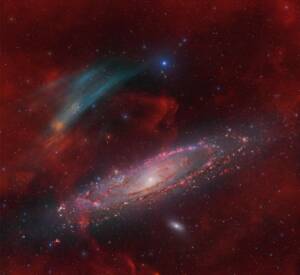
Discovery of the M31 [OIII] emission arc
Recently, a major discovery by an international team of amateur astronomers and scientists has become a huge online hit, and this new discovery is just located in one of the
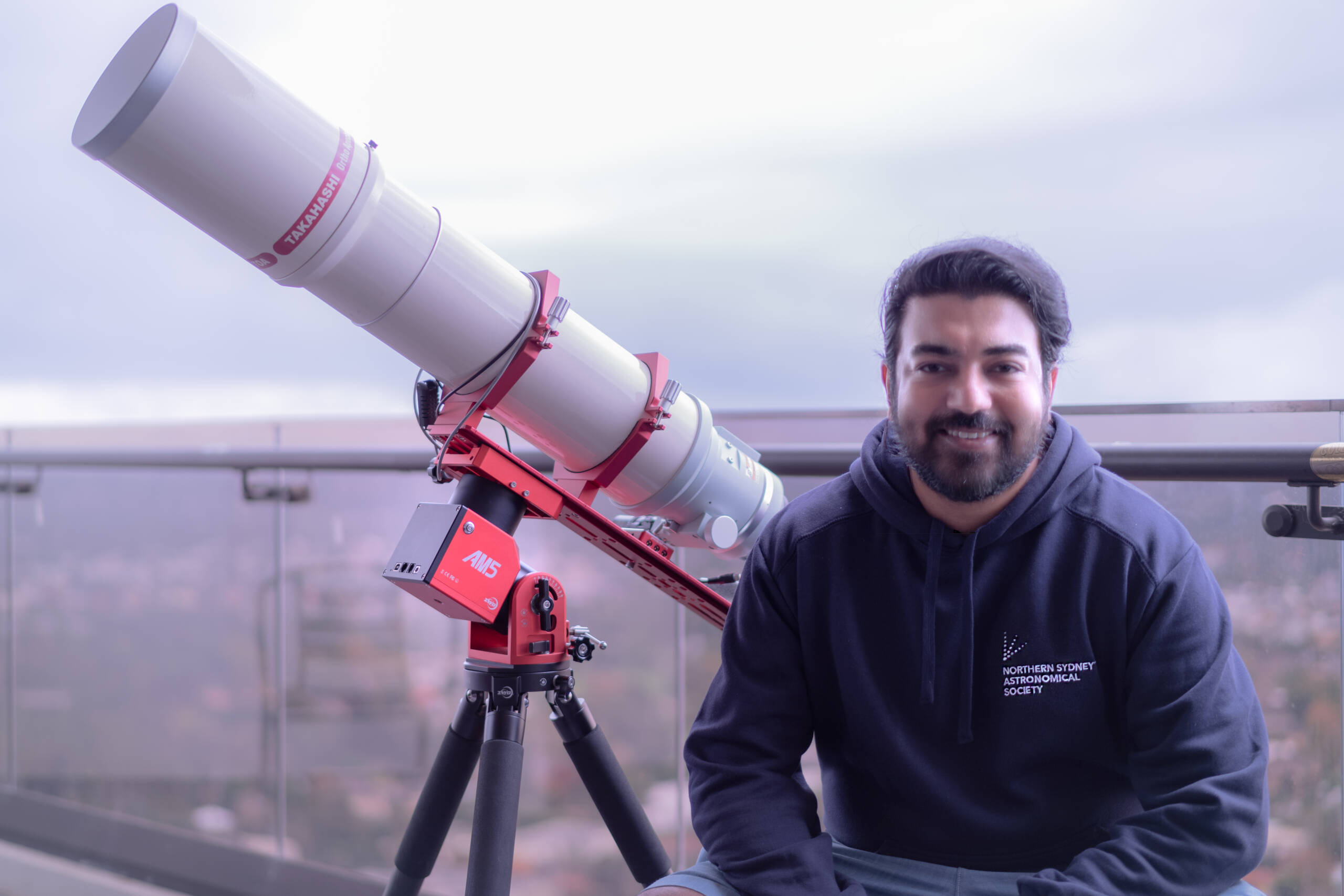
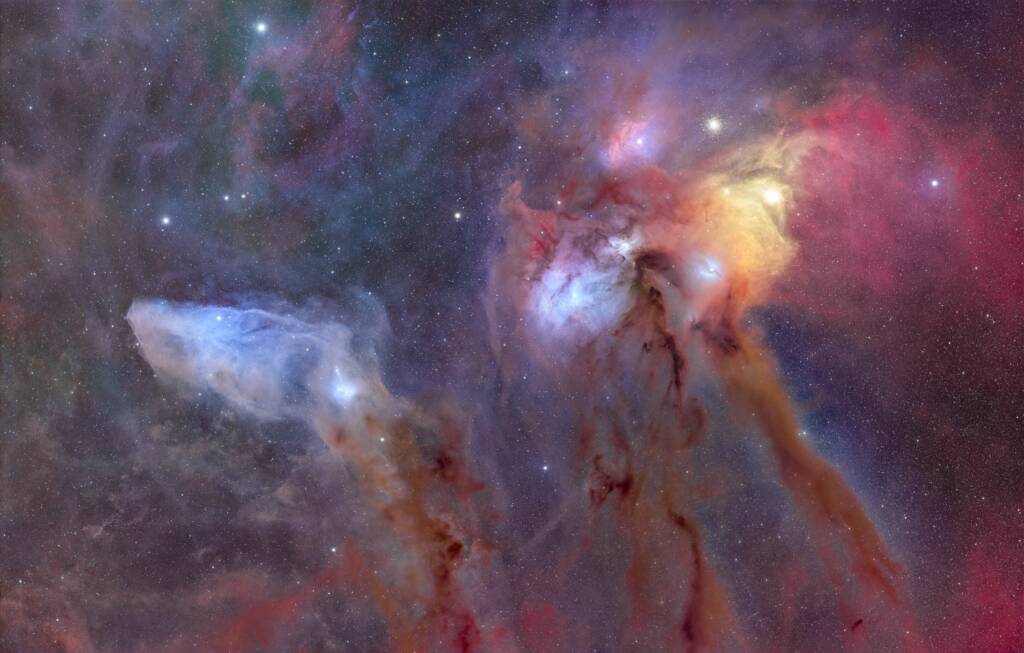
Today, Prasun’s astrophotography arsenal is nothing short of impressive. His main setup features a Takahashi 130 NFB telescope on a 10Micron GM1000 mount paired with a ZWO ASI2600MM Pro camera. In parallel, he operates a highly portable triple-scope system—three Takahashi FCT 65D scopes with 0.65 reducers on a ZWO AM5 mount. “I also have an astro-modified mirrorless camera that I use for Milky Way shots and timelapses,” he adds.
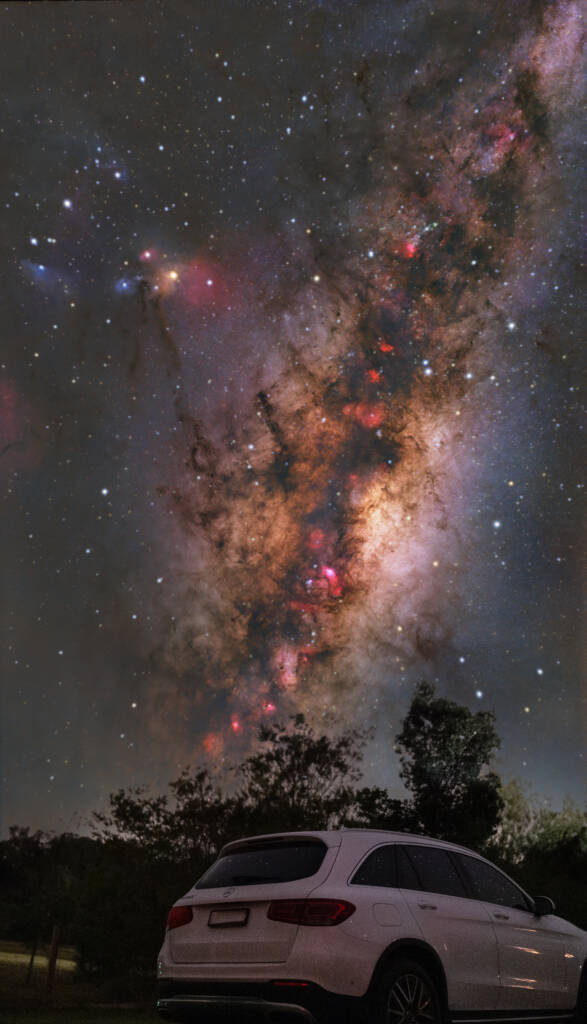
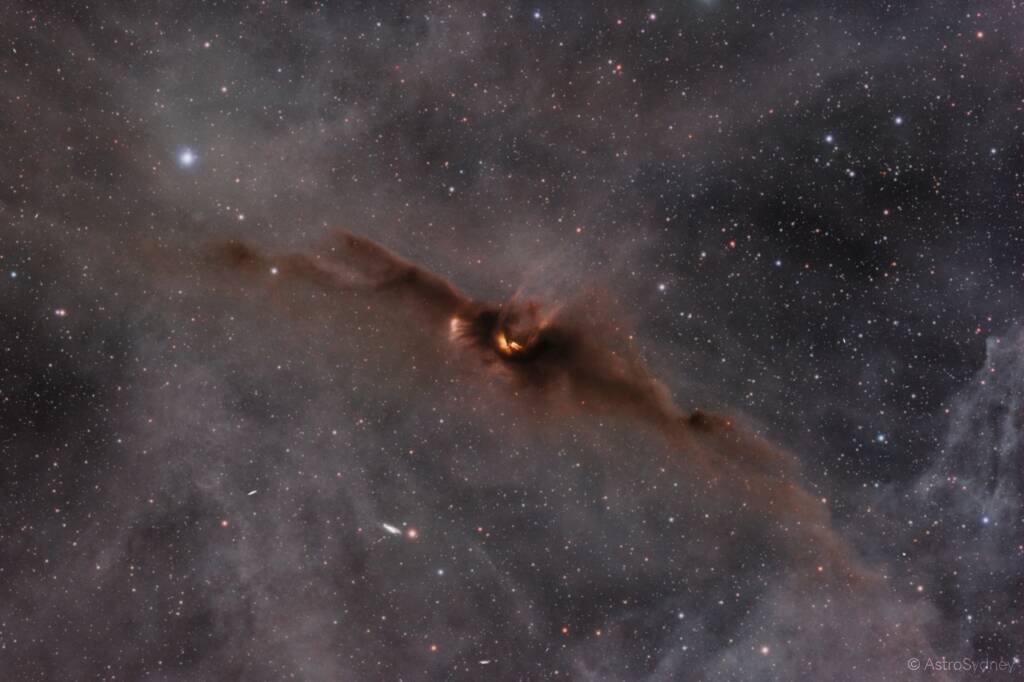
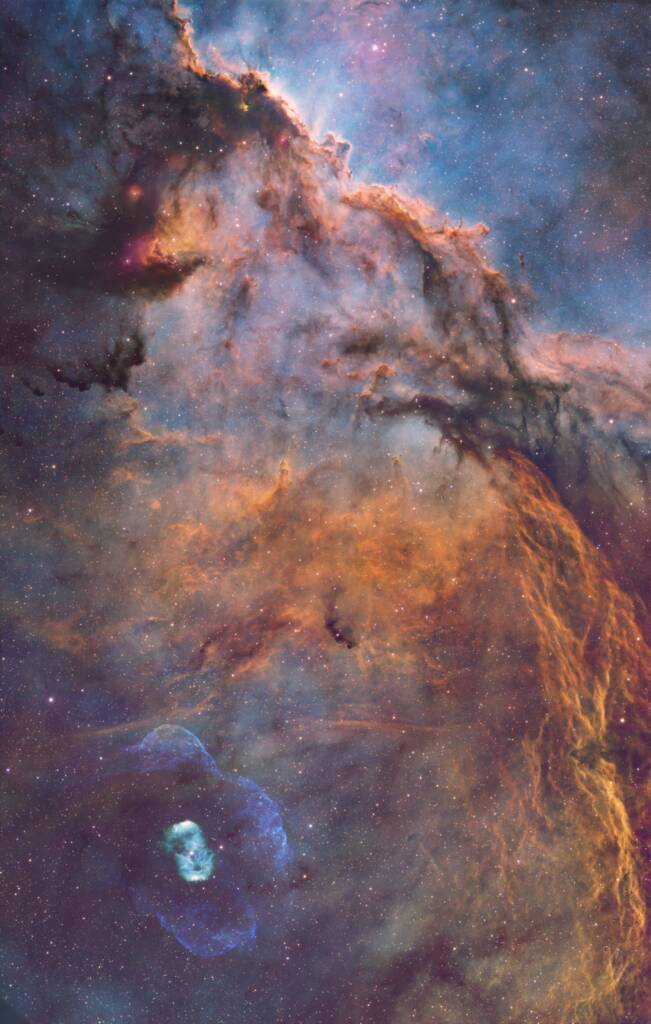
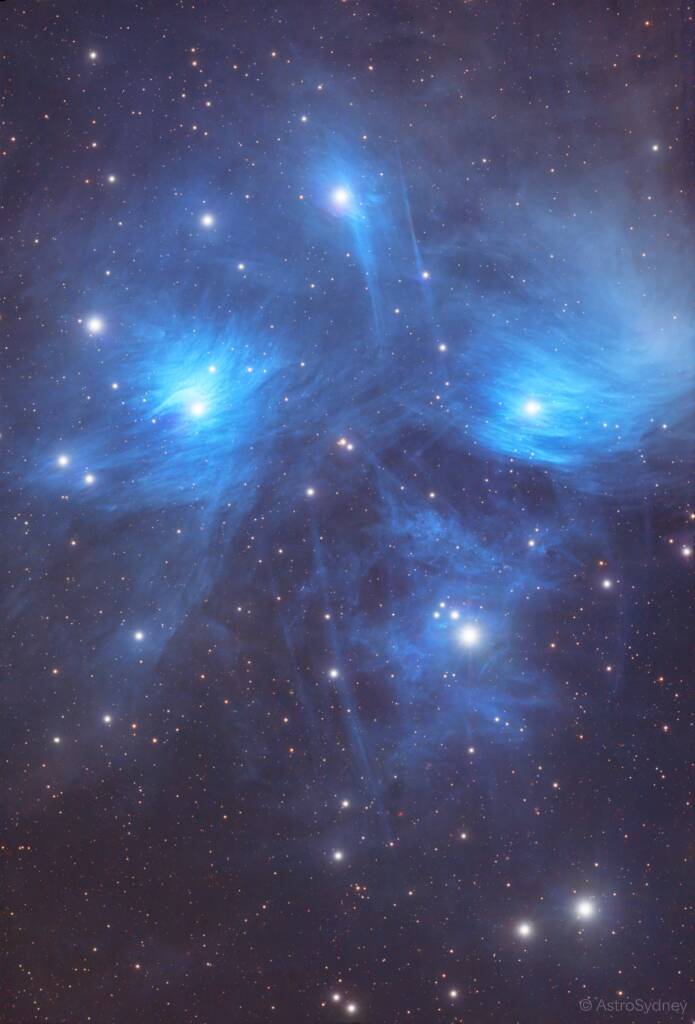
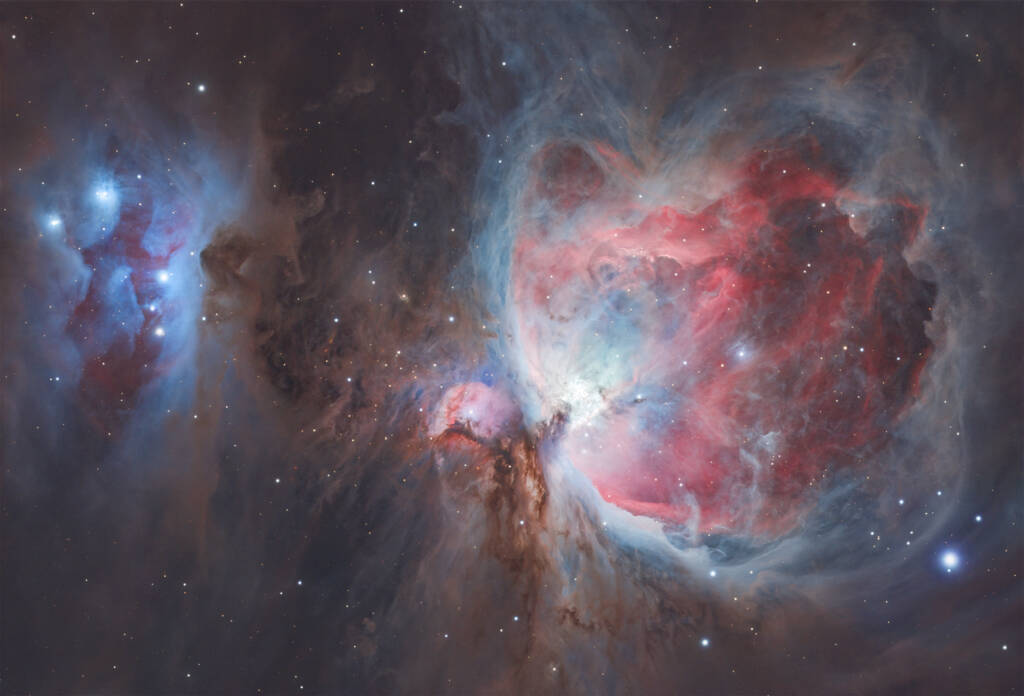

Recently, a major discovery by an international team of amateur astronomers and scientists has become a huge online hit, and this new discovery is just located in one of the

Why the Orion Nebula Never Gets Old – Each winter, stargazers return to this cosmic masterpiece to test new skills and relive the wonder. Explore the Orion region’s iconic nebulas,

In 1994, I built my first fully functional reflecting telescope in Hungary with my own hands. In the former Eastern Bloc countries, telescopes still could not be purchased in stores
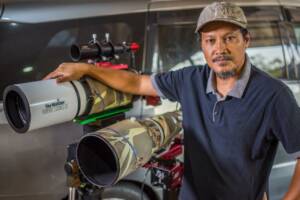
1.How It All Began I have been a fan of astronomy since high school.Starting from a school event where I can see the moon up close through a telescope.When I
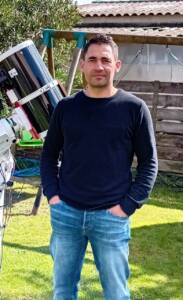
1. How It All Began For Puig Nicolas, it all started at the age of 10 with a 60/700 refractor and a 114/900 reflector. His first celestial encounters — the
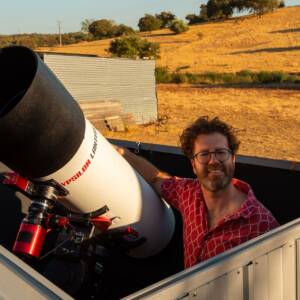
By day, David Cruz works as a digital designer. By night, he designs something far greater — images of the universe itself. “Since I was young, I was always interested